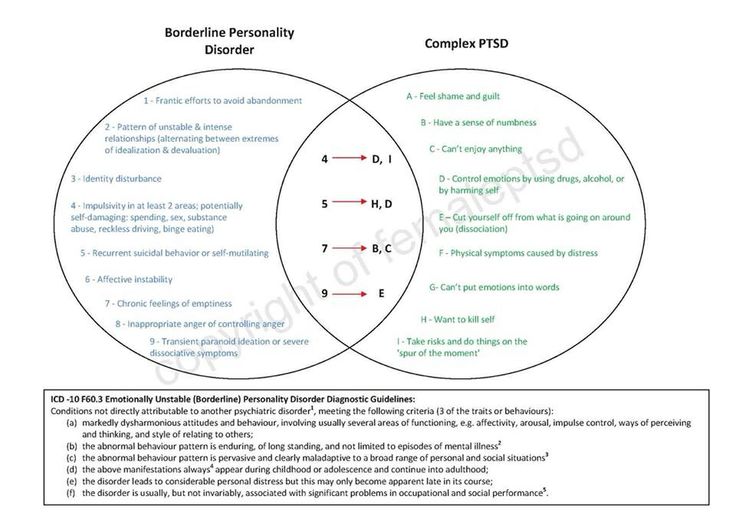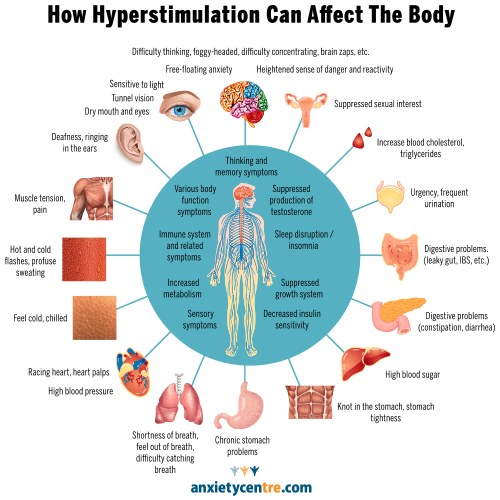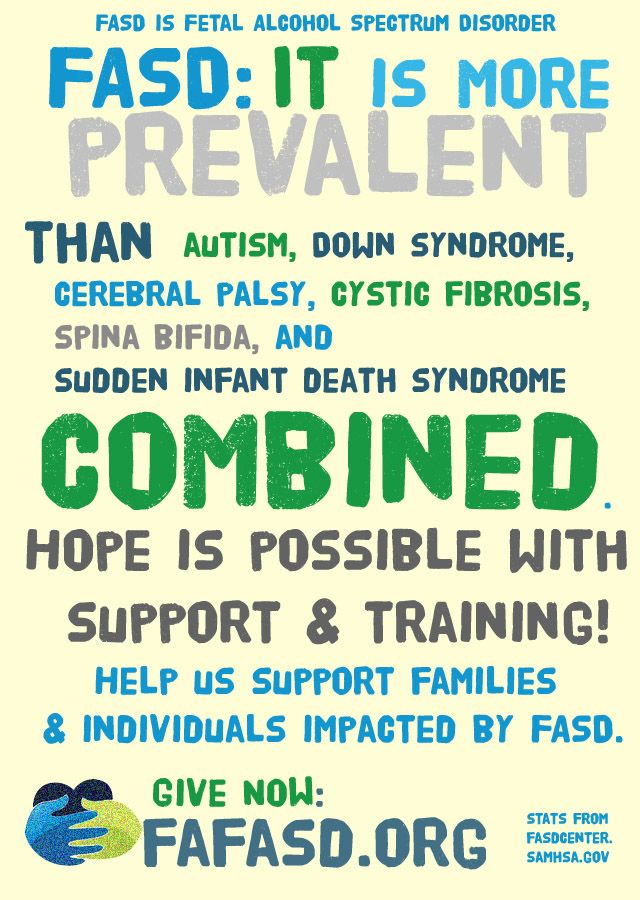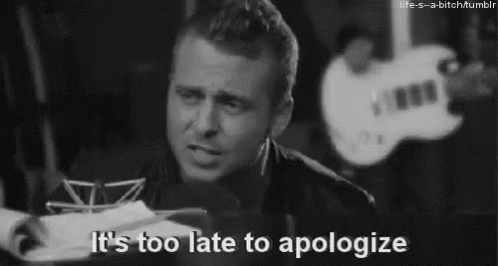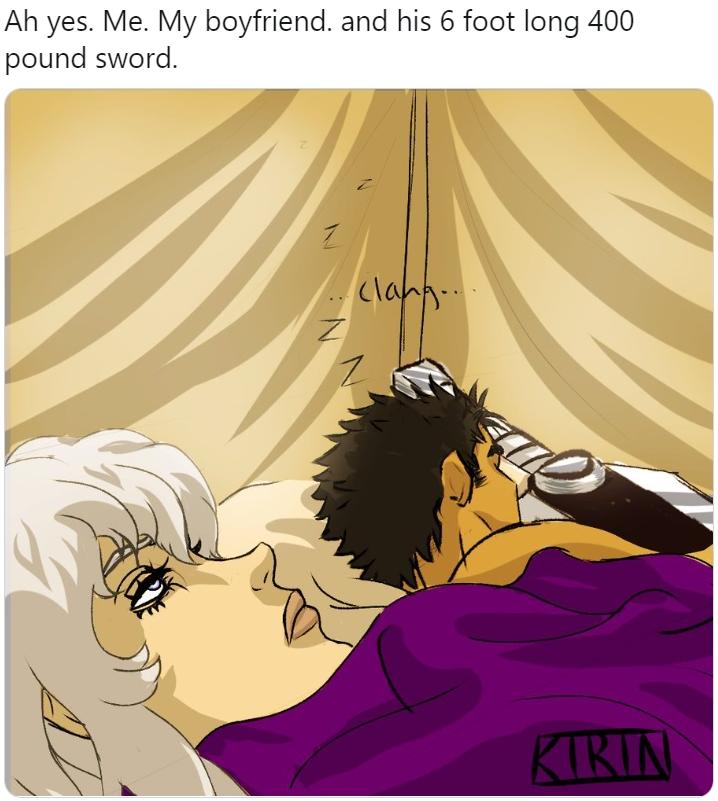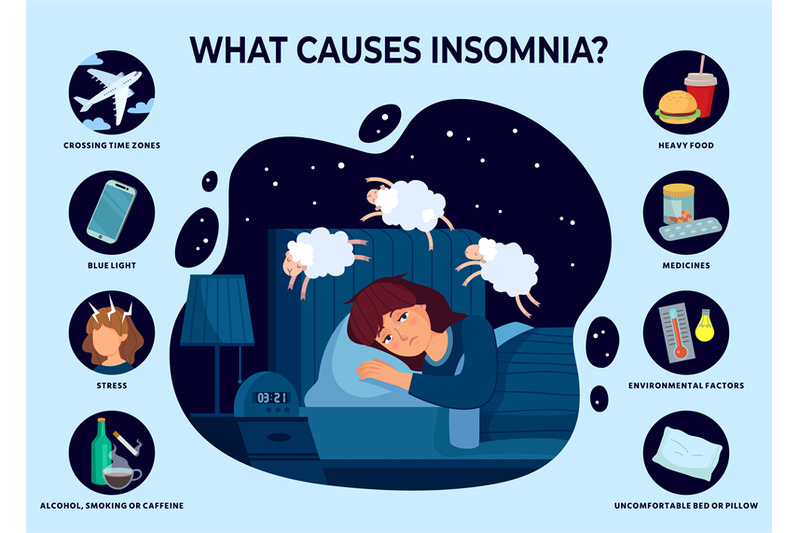Trauma bonding bpd
The Negatives and Positives of Trauma Bonding
There is no such thing as a perfect relationship, even for the ones that experience no issues from outside sources. When there are one or more people involved who suffer from mental illness from past trauma, it can lead to a bond that ends up being complicated and not necessarily healthy.
Trauma bonding is an attachment style that happens from a very intense emotional connection. Typically when this term is discussed, it is deemed as a negative experience. In this type of relationship, one partner or both usually end up being overly dedicated, attached, or loyal to someone who has toxic traits.
How Can Trauma Bonding Be Positive?
Although it may not be a common belief, trauma bonding can be a positive thing. Sharing common pain with someone who has experienced a similar traumatic experience as you have can feel good. Shared experiences like car accidents or the death of a family member can come to light during social interactions with people you may not know that well.
This type of trauma bonding experience can make someone feel more secure in the attachment because of the support or understanding from people with the same experience.
In romantic relationships, trauma bonding can bring couples closer together and help them overcome their challenges as a unit. Tragic experiences centered around pregnancy complications, like a miscarriage or a stillbirth, can help a couple grow when the loss is processed together. When the couples choose to move forward together and decide to support one another emotionally, it can become a positive experience for the relationship. Ultimately, this bad experience can solidify the already existing bond in a relationship.
What a Negative Trauma Bond Looks Like
When one of the individuals in a relationship has toxic traits, the chances of a negative trauma bond being present are high. Trauma bond relationships most often consist of someone having a mental disorder like narcissistic personality disorder (NPD), borderline personality disorder (BPD), and many more.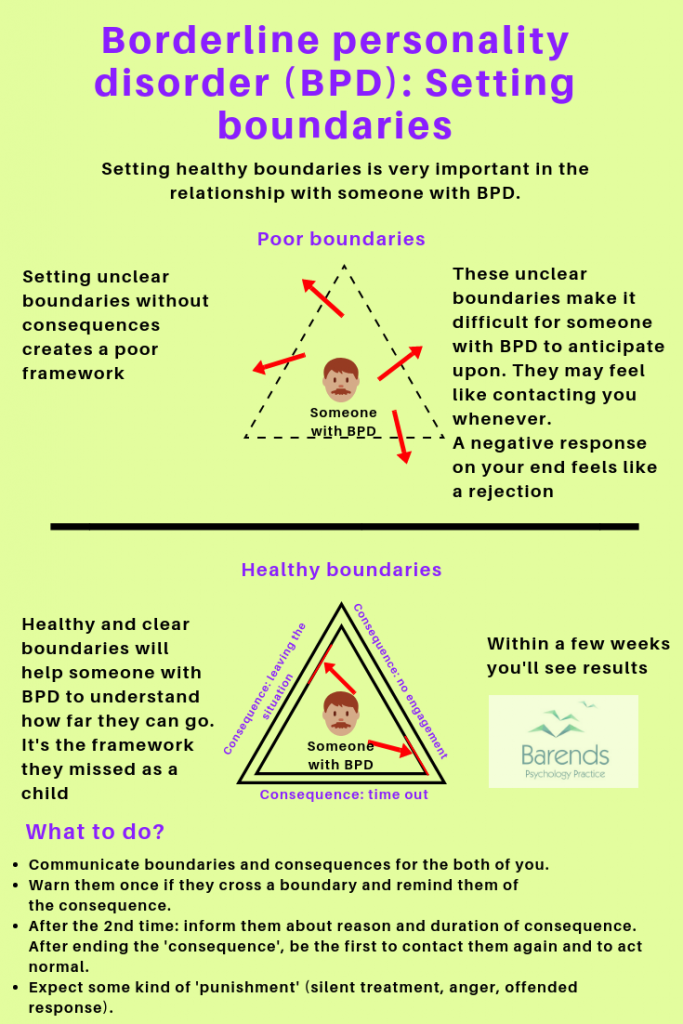
Some signs show whether there are some negative trauma bonds in the relationship. For example, if your friends, family, and overall social circle believe you should end the relationship, that is a possible sign. People involved in a negative trauma bond often don’t realize the actual danger that they are in. The unhealthy behaviors get overlooked, or they are completely missed. In most cases, the individual involved will try to make excuses for the toxic actions and poor treatment. Typically, those outside the relationship are more aware of the behavior.
A relationship with a negative trauma bond can be one that you know isn’t great, but you keep trying to justify staying in, no matter what happens. Even when you realize that your partner has toxic traits and disrupts the relationship, you keep going. After being yelled at, gaslighted, or manipulated, you still feel like you are so in love with them to a point where you would do anything for them, even if your self-value is at risk.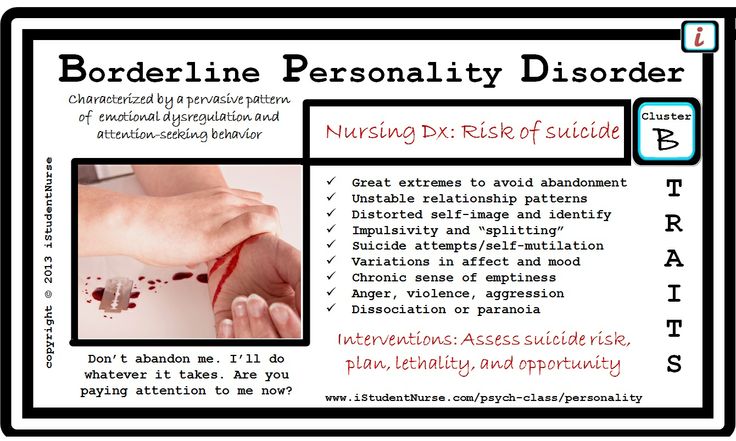 This is a strong indicator that the relationship is unsalvageable. After everything you are given emotionally or mentally, it may still not be enough.
This is a strong indicator that the relationship is unsalvageable. After everything you are given emotionally or mentally, it may still not be enough.
The Danger of Toxic Relationships
The feeling of not being good enough also happens in toxic trauma bonding relationships. You could do things like spending months trying to find the perfect gift, cleaning the house, or setting up a nice romantic night, but your efforts still go unnoticed. On top of being overlooked, it may even seem like you are criticized even more than usual. Minor things may become a huge problem in a trauma bonding relationship.
Any form of addiction is considered unhealthy, and in a trauma bonding relationship, it may seem like you are addicted to the other person or the relationship itself. No matter how badly you are treated by this person, you just can’t imagine a life without them. Some may confuse this for being in love, but this is a strong indicator of a negative trauma bond.
A Relationship Maintained by Abuse
When one or two parties involved have a mental disorder, the chances of a negative trauma bond are high.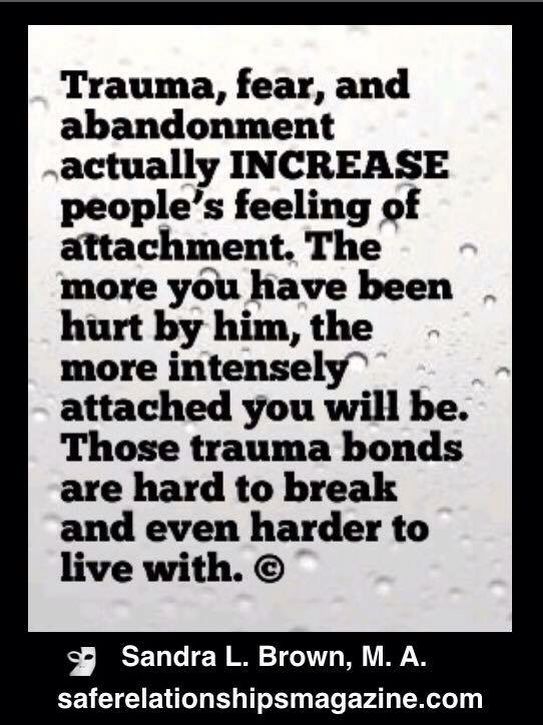 The trauma bond constantly gets reinforced as means of control. People may find ways to create problems to make sure their narcissistic supply is fulfilled.
The trauma bond constantly gets reinforced as means of control. People may find ways to create problems to make sure their narcissistic supply is fulfilled.
Relationships that consist of negative trauma bonding will often consist of things like love bombing, hoovering, triangulation, and many other manipulative tactics to keep their partner in an unhealthy cycle. In the beginning, there may have been actual trauma to bond over, but eventually, the abuser may create new traumas to continuously and negatively reinforce their relationship.
Trauma bonds are usually associated with negativity in terms of relationships. In some cases, however, trauma bonding can help people cope with the traumatic experiences they’ve had in the past. Negative trauma bonds are a prevalent thing in relationships that can be detrimental to mental health. Unfortunately, many people won’t know the signs of problematic habits in a relationship. It often takes friends and families to recognize that there is indeed a problem. Negative trauma bonded relationships are filled with many toxic traits and scenarios that can lead to mental disorders. These relationships can also lead to severe anxiety or depression, sometimes even driving people to substance abuse. If you or a loved one have experienced trauma that has led to substance abuse, The Kimberly Center is here to help. The Kimberly Center has a great staff of professionals equipped to help people on their road to recovery. Contact us at (855) 452-3683.
Negative trauma bonded relationships are filled with many toxic traits and scenarios that can lead to mental disorders. These relationships can also lead to severe anxiety or depression, sometimes even driving people to substance abuse. If you or a loved one have experienced trauma that has led to substance abuse, The Kimberly Center is here to help. The Kimberly Center has a great staff of professionals equipped to help people on their road to recovery. Contact us at (855) 452-3683.
Trauma Bonding: What Is It and Why Do We Do It?
Uncategorized | 69 comments
Have you ever seen a friend in a relationship that was clearly toxic and unhealthy, and wonder why they chose to stay with that partner? It’s often easier for people outside of a relationship to recognize the signs of an abusive relationship.
Trauma bonding, which is a major part of abusive relationships, is an example of something that is difficult to detect from inside a relationship. This is due to the constant manipulation at the hands of a narcissistic partner.
But what exactly is trauma bonding? Why do people trauma bond and continue to stay with a manipulative partner?
We’ll answer those questions as well as the common signs of trauma bonding so you can recognize it and stop it in its tracks.
What Is Trauma Bonding?
Trauma bonding occurs when a narcissist repeats a cycle of abuse with another person which fuels a need for validation and love from the person being abused. Trauma bonding often happens in romantic relationships, however, it can also occur between colleagues, non-romantic family members, and friends.
The narcissist will condition someone into believing that these toxic behaviors are normal. As the bonding deepens, the person being abused will feel more and more like they need validation from the abuser, giving the abuser more power and leading to further manipulation.
Oftentimes, it can take months or even years to realize you are in this type of toxic relationship. That’s why it’s important to understand why trauma bonding occurs and what the common signs are.
Why Do We Do It?
Trauma bonding occurs as a result of reinforcement at the hands of the abuser.
The manipulative person will alternate abuse with really positive experiences which leads to the development of a trauma bond. Over time, the trauma bonding will strengthen, making it more and more difficult for a person to recognize clear signs of emotional or physical abuse. The abuser will positively reinforce certain behaviors, basically training someone to stay and continue to give their love to them.
Sometimes, a person may be fully aware that they are with a toxic person, but they are so conditioned to continue forgiving them that it can be nearly impossible to finally leave, causing them to feel stuck.
Common Risk Factors
While trauma bonding can happen to anyone, there are some common risk factors that can make it more likely for a person. These include:
- Poor mental health
- Low self-esteem
- Financial difficulties
- No support system
- Past trauma
- History of being bullied
- Lack of personal identity
These risk factors make it more difficult to recognize signs of toxicity and can also make a person more susceptible to manipulation in a relationship.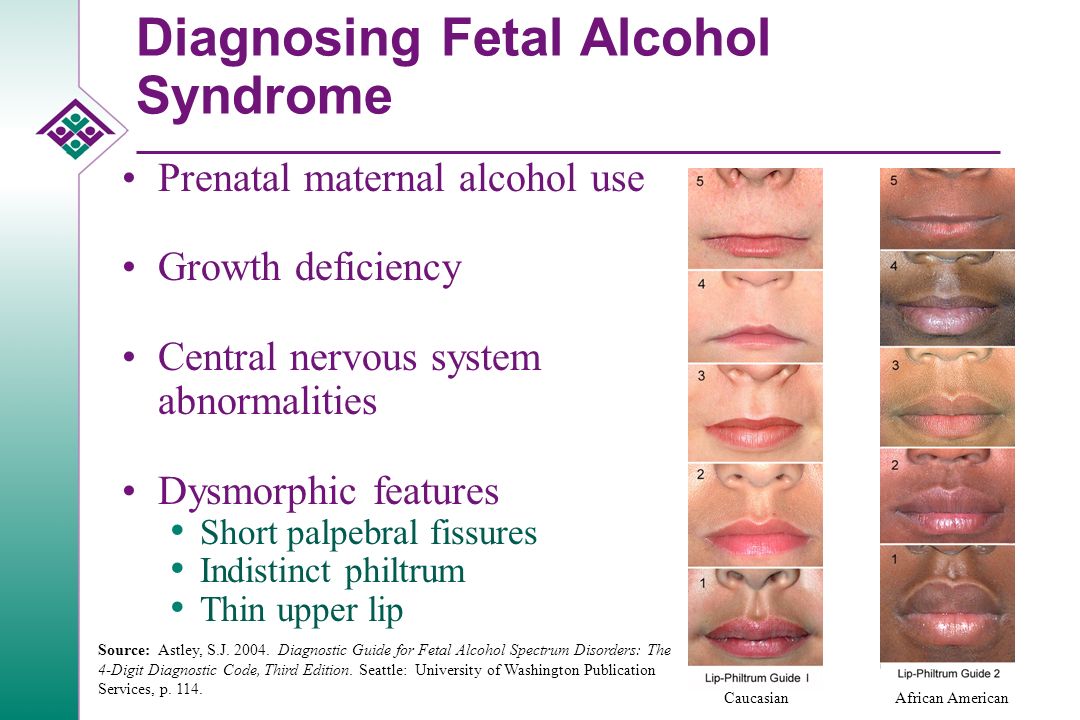
Recognize the Signs of Trauma Bonding
It’s important to be able to recognize some of the most common signs of trauma bonding so you can have a better understanding of what might be happening to you or a loved one. Here are some signs that a person is experiencing trauma bonding.
Feeling Indebted to the Abuser
An abuser always wants to be in control, and one way to do that is to make someone feel as though they are always indebted to the abuser. This can come in many forms such as domestic violence but they all have the same effect which is the person being abused will feel bad for not making up for the indebtedness they feel.
For example, if you made a mistake early in the relationship that hurt your partner, they might hold that over your head for months to make you feel bad and like you need to make it up to them. They can make you feel terrible about even the smallest of things, and condition you to feel ashamed for past behaviors.
Protecting the Abuser
Oftentimes, the abuser will have their own serious mental health issues that they are struggling with, and this can lead the person being abused to feel the need to care for them or protect them. The abused individual will go up against other people who speak out against the partner and often push people away who aren’t supportive of the relationship.
Narcissists love this behavior and will often reinforce this in the person being abused by showing them love and affection following an act of protectiveness.
Covering Negative Emotions
Negative emotions are prevalent in people who are being abused, but they don’t want anyone else to notice them. They especially don’t want their abuser to notice their emotions because that often leads to the abuser playing victim and making the partner feel guilty for how they feel.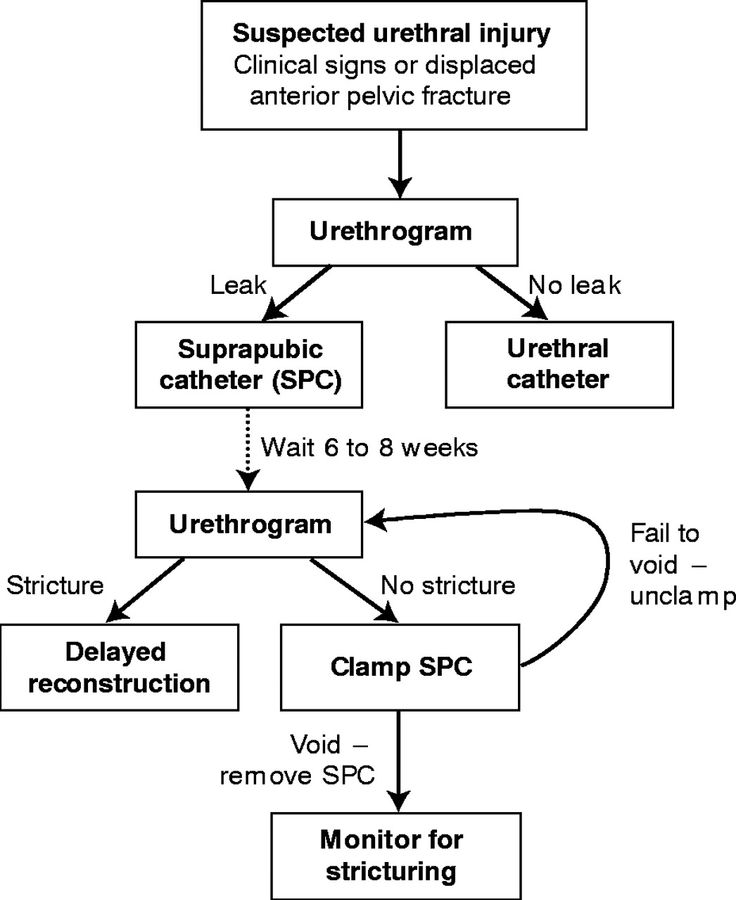
If you find yourself hiding your negative emotions and only letting them out when you’re completely alone, that can often be a big red flag that you are experiencing trauma bonding.
Friend and Family Aren’t Supportive of Your Relationship
It’s one thing if you have parents who feel like no one deserves to be with you and will speak out against anyone you date. But it’s an entirely different thing to have all of your friends and family tell you that they don’t like your partner and don’t think the relationship is good for you.
At first, you’ll likely feel protective and as if they just don’t understand. But the reality is that these people know you more than anyone and can see a change in your behavior that even you haven’t noticed. That’s why listening to your friends’ and family’s concerns is vital to recognize that you’re in a toxic relationship that has led to trauma bonding.
Playing Multiple Roles for the Abuser
If you find that you are “wearing several hats” for your abuser, meaning you play a number of roles for them, that can be a red flag.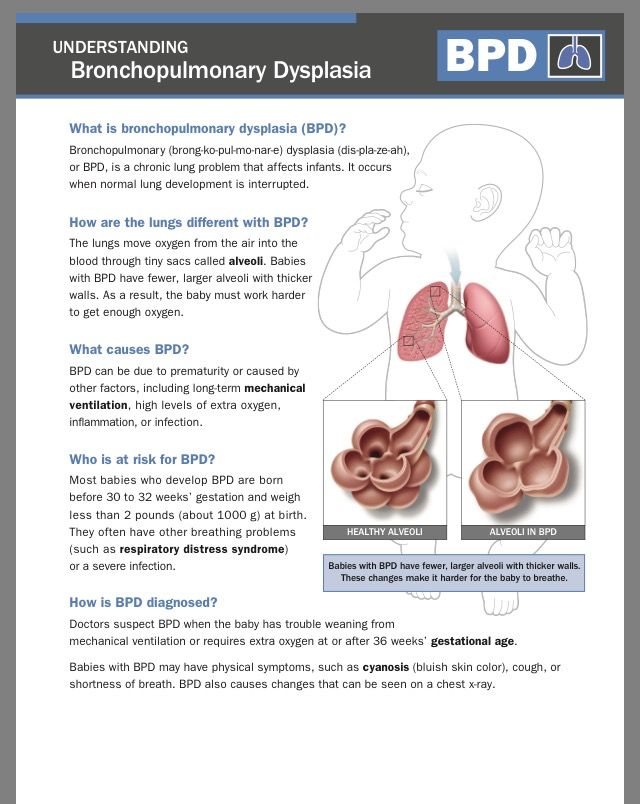 For example, they might look to you to be their lover, best friend, parent, therapist, teacher, babysitter, etc. By taking on all of these roles, you are being taken advantage of and developing an even stronger trauma bond because you feel like you need to be all of these things to the abuser. It also leads to a weakened identity, making it more difficult to recognize negative changes in yourself.
For example, they might look to you to be their lover, best friend, parent, therapist, teacher, babysitter, etc. By taking on all of these roles, you are being taken advantage of and developing an even stronger trauma bond because you feel like you need to be all of these things to the abuser. It also leads to a weakened identity, making it more difficult to recognize negative changes in yourself.
Don’t Let Trauma Bonding Control Your Life
Traumatic bonding can have a terrible effect on not only yourself but also on other relationships you have with family and friends. By understanding what trauma bonding is, who is most at risk of doing it, and what the common signs are, you can recognize red flags and protect yourself from abusive partners and abusive people moving forward. If you think you are experiencing trauma bonding, it’s important to seek help so you can safely move forward with your life. Take a look at our program information page to learn more about what services we offer and how our programs can help you overcome trauma bonding.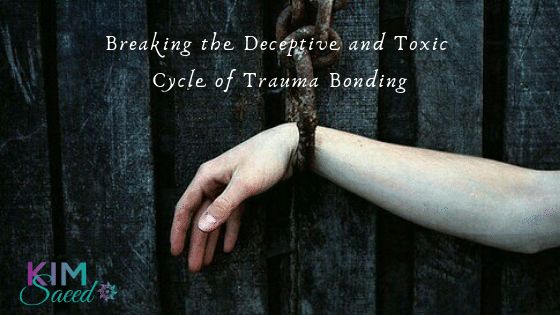
What is Trauma Bonding
Relationships must always be based, in love between people and in search of happiness. Anything outside of these parameters can be considered toxic relationships that should be avoided and dealt with. There is no love or attachment in so-called traumatic attachment, and despite this, the abused person is unable to break such a bond with the person who hurts them. nine0003
The addiction situation is so great, that the person who suffers can never see the toxicity that this relationship entails. In the next article, we will talk about relationships due to injury and what needs to be done to end it.
Index
- 1 What is meant by injury bonding
- 2 What to do if you encounter injury
What is meant by injury bonding
This is a type of bond in which the submission of one of the parties predominates. nine0005 against abuse of power by another party. Submission in these relations is very clear, and insults are in the order of things. The connection is not severed because the emotional attachment of the abused person is quite strong and strong.
nine0005 against abuse of power by another party. Submission in these relations is very clear, and insults are in the order of things. The connection is not severed because the emotional attachment of the abused person is quite strong and strong.
Due to trauma, the violent and toxic part stands out for being rather narcissistic, in addition to low self-esteem and self-doubt. This is a full-blown toxic relationship in which love is conspicuous by its absence, so it is important to end it as soon as possible. nine0003
What to do if you are experiencing trauma
One of the characteristics of this type of connection is that the abuser isolates the victim from his family and friends. This makes it much easier to manipulate and subdue your partner. Some support is key in breaking this toxic relationship. In any case, when it comes to complete trauma-related rupture, it is recommended to follow some very clear guidelines:
- Leave the relationship as soon as possible and separate from the abuser.
- The subject must always know, , that his relationship is toxic and that he is being abused on a daily basis.
- It is important to be able to have a range of people to talk to and share all the emotions that are present. Outside help is the key moment when you say goodbye to a couple and can break this connection.
- When it comes to restoring life, the help of a good professional is very important. Through therapy, a submissive person can feel valued and strong again , what is needed to move forward in a new life.
In the end, it is important to end relationships in which there is no love, and happiness is noticeable by its absence. We must not allow the abuse of power and emotionality to prevail over respect and affection in a couple.
The content of the article complies with our principles of editorial ethics. To report a bug, click here. nine0003
Rescue [br] injured tooth | The network of dental clinics "Dental-Service"
A child's tooth injury is a common thing: at least a third of children in the period of mixed dentition (7-18 years old) break or even completely knock out permanent teeth during active games or sports. But to bring an injured tooth of a teenager back to life - as if nothing had happened - is a very unusual thing. Let's just say it's amazing! After all, the standard tactic of dentists in such a situation is to remove a broken tooth, or remove a nerve - to depulp (which, in fact, also means tooth loss, only somewhat delayed). Over the past ten years, we at Dental Service have saved hundreds of broken teeth and we can say with confidence: a tooth injury is not a sentence. If the treatment is carried out as soon as possible, in most cases the tooth will remain alive! nine0003
But to bring an injured tooth of a teenager back to life - as if nothing had happened - is a very unusual thing. Let's just say it's amazing! After all, the standard tactic of dentists in such a situation is to remove a broken tooth, or remove a nerve - to depulp (which, in fact, also means tooth loss, only somewhat delayed). Over the past ten years, we at Dental Service have saved hundreds of broken teeth and we can say with confidence: a tooth injury is not a sentence. If the treatment is carried out as soon as possible, in most cases the tooth will remain alive! nine0003
We can't be broken!
A tooth injury is not a reason to lose it
We will restore a broken tooth, we will heal a broken one. The
tooth will continue to grow and develop! Saving the nerve of an injured tooth -
is our exclusive, aerobatics of the work of a pediatric dentist.
Splinting of a group of teeth after an injury from 5020
Prices for adolescent dentistry
Why children's teeth are especially susceptible to injury
A freshly erupted permanent tooth is very fragile. nine0006 He has a thin layer of hard tissue (enamel and dentin) and a huge nerve. After the appearance of the tooth, it takes a few more years to "ripen". An adult tooth has a different structure: the enamel layer is three to four times thicker, the volume of the pulp is two times less. A mature, formed tooth is significantly stronger and more resistant to scrapping than a teenage one.
nine0006 He has a thin layer of hard tissue (enamel and dentin) and a huge nerve. After the appearance of the tooth, it takes a few more years to "ripen". An adult tooth has a different structure: the enamel layer is three to four times thicker, the volume of the pulp is two times less. A mature, formed tooth is significantly stronger and more resistant to scrapping than a teenage one.
Children are extremely running and jumping creatures :) Even theoretically, they have more chances to get injured or knock out a tooth than adults. As a rule, a child breaks a tooth during sports or outdoor games. To protect your teeth from impact, we recommend using a helmet (it must have chin protection) or a mouthguard (a device made of flexible plastic that is worn over the teeth). Capa can be ordered in our clinics. nine0003
Dental extreme
As a rule, a child receives dental injuries
during sports
. To protect your teeth,
wear a helmet and mouth guard.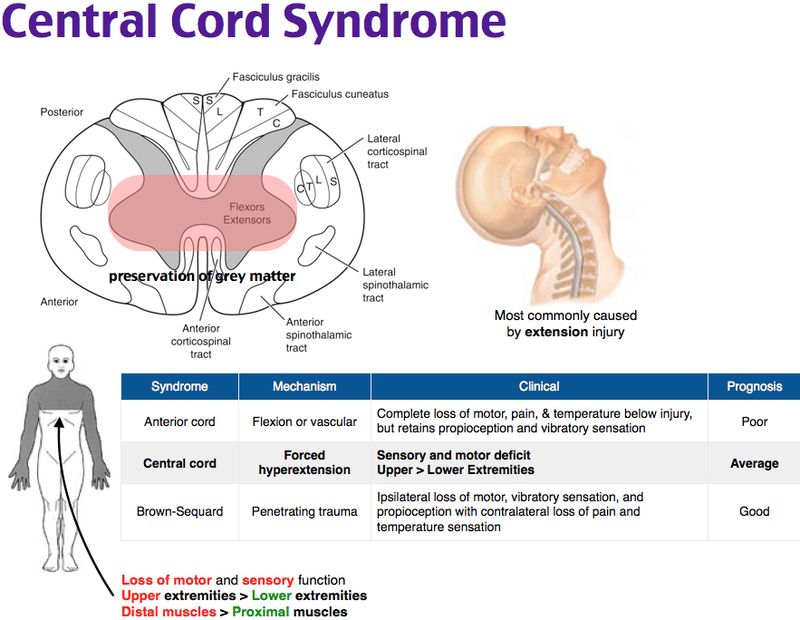
Broken tooth! What to do?
We always meet your needs: we treat
in installments
Arrange an interest-free installment plan with the clinic administrator.
Calm yourself, calm the child. Give him pain medication if needed. Try to find a knocked-out tooth (or a fragment), rinse it and put it in liquid: saline (sodium chloride - sold in a pharmacy), milk, in extreme cases, in water. And call us 308-00-00! Even when full-time, the doctor will set aside time for examination, emergency care and recommendations. Act fast! The less time has passed since the injury, the more likely it is to save a teenager's tooth. nine0003
Or leave everything as it is? If a piece of a permanent tooth breaks off (enamel breaks off and dentin is exposed), then such a chipped tooth does not necessarily hurt! But if the dentin is not closed, an infection will inevitably get into it, an inflammatory process will begin. After destroying a thin layer of dentin, the bacteria will pass into the pulp - this is pulpitis, which will quickly turn into periodontitis, which will eventually lead to the destruction of bone tissue, that is, to the loss of a tooth.
If an injured immature tooth is depulped, it will remain brittle and its service life will be short. If such a tooth is removed, the teeth adjacent to it will begin to move towards the vacant place, which will lead to malocclusion, gaps in the dentition, loss of bone tissue, deformation of the facial skeleton and impaired articulation. In this case, it is possible to place an implant only no earlier than 18 years old, but by that time the bone tissue in this place will have already resolved, and its restoration will be required for implantation. nine0003
Looking for treasure
Good luck if you manage to find a
tooth shard! Although modern materials allow
to achieve amazingly accurate
imitations, the best way to restore
a tooth to its original appearance and strength is
fixation of a broken fragment.
Saving a tooth. Possible scenarios
Broken permanent tooth
First of all, the doctor will assess the condition of the tooth pulp.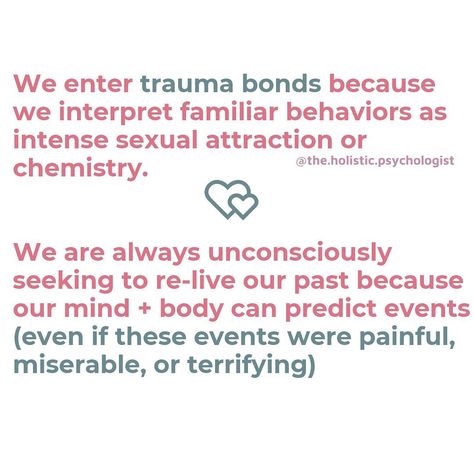 Perhaps he will find that the pulp chamber of the tooth has been opened. Timely (the sooner the better) treatment of a tooth with an exposed pulp will lead to successful tooth rehabilitation. The probability of maintaining the viability of the dental pulp in adolescence is very high. A tooth with preserved pulp will continue to develop and become a full-fledged strong tooth. Nerve preservation is our exclusive. nine0003
Perhaps he will find that the pulp chamber of the tooth has been opened. Timely (the sooner the better) treatment of a tooth with an exposed pulp will lead to successful tooth rehabilitation. The probability of maintaining the viability of the dental pulp in adolescence is very high. A tooth with preserved pulp will continue to develop and become a full-fledged strong tooth. Nerve preservation is our exclusive. nine0003
Cool smiley
Teenage dentistry -
- a new direction
dentistry Dental-Ser-
vis. We know how to properly treat immature teeth
!
If we couldn't save the pulp, let's try... to grow it again! Briefly technology revascularization can be described as follows. The root canals are thoroughly cleaned, sterilized, filled with special medicine and the patient's own cells (blood cells) and then sealed. After several months, a pulp-like tissue forms in the canals, which fully fulfills the role of the pulp. CT images show that the tooth continues to develop, roots are formed, enamel and dentin thicken.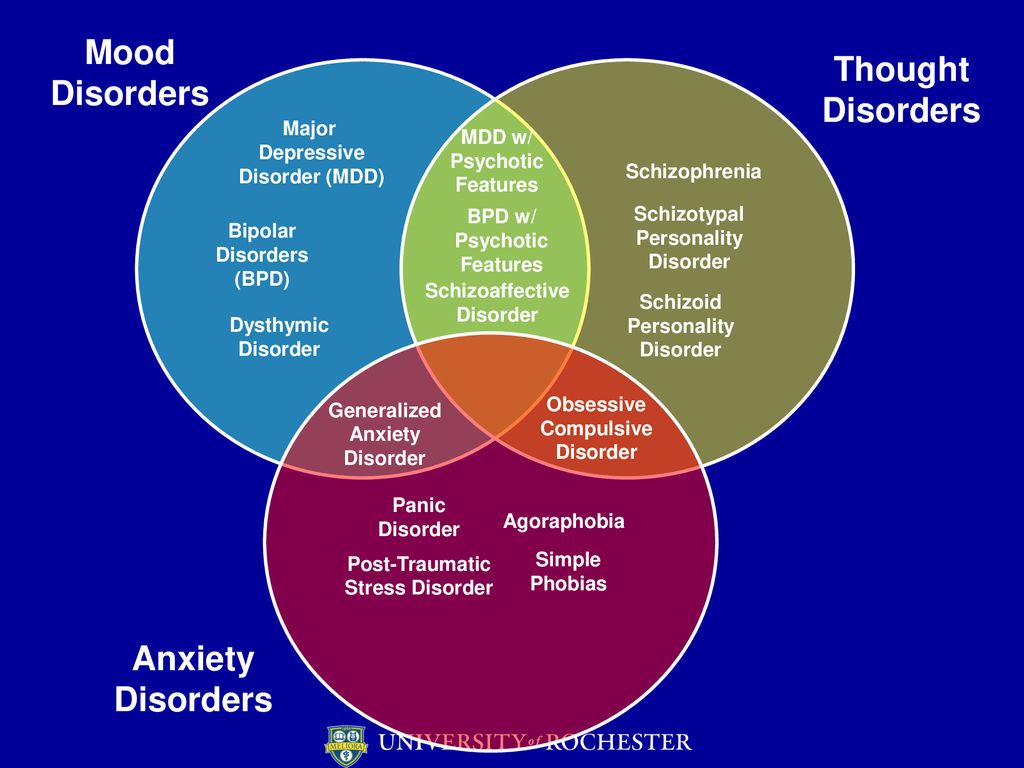 Sounds fantastic, doesn't it? In recent years, we have successfully performed several dozen such operations to preserve the viability of the tooth. nine0003
Sounds fantastic, doesn't it? In recent years, we have successfully performed several dozen such operations to preserve the viability of the tooth. nine0003
To restore the crown part of tooth , a tooth fragment that you brought in saline will be useful. If it was not possible to find a fragment, the doctor will restore the missing part of the tooth with a composite restoration (filling). And although a filling will eliminate the problem, fixing a broken tooth fragment is still preferable: it provides a perfect fit in the bite, is more durable, does not shrink, and will not change color over time. A chipped tooth can be repaired and our doctors know how to do it!
If a large fragment of a tooth is broken off and it was not possible to find it, the tooth cannot be restored with a composite restoration, an inlay is needed. This is a strong and durable composite filling that is made in a dental laboratory. After taking an impression from the tooth, the dental technician will make an inlay in exact accordance with the bite, achieving a perfect fit to the antagonist teeth, recreating the correct contact points, which is very important for chewing and for the functioning of the temporomandibular joint. During the firing process, the tab gains strength. After fitting, the doctor will fix the tab on the tooth. nine0003
During the firing process, the tab gains strength. After fitting, the doctor will fix the tab on the tooth. nine0003
Oh, Mom, I broke my tooth!
saving the nerve of a tooth with an open pulp chamber, gluing a fragment
Expand
saving a nerve of a tooth with an opened pulp chamber, gluing a fragment
Oh, mom, I broke a tooth!
Bad news: the pulp chamber was opened.
Good news: the fragment of the tooth was found.
1
Initial situation
Injury of the permanent central tooth,
the pulp chamber was opened. Need action
go fast!
2
We work with fragments
The boy's mother brought fragments in milk
. Well done! The doctor processed the fragment
, now he is ready to return to his rightful place
.
3
Saving the pulp
A medicine was put on the pulp, which
will allow it to recover.
4
Result
Pasted or broken.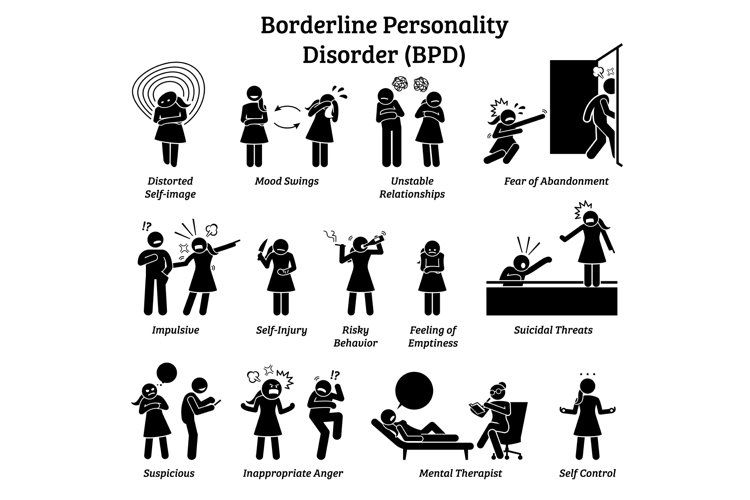 Four months later -
Four months later -
X-ray control
confirms that the pulp has recovered,
tooth continues to develop.
Minimize
Oh Mom! I broke two teeth!
tooth nerve rescue with opened pulp chamber, restoration with composite restoration
Expand
tooth nerve rescue with pulp chamber opened, restoration with composite restoration
Oh, mama! I broke two teeth!
No luck so bad luck. Still, fragments could not be found.
1
Initial situation
Injury to permanent central teeth. The pulp chambers were opened. Fragments could not be found.
2
Treatment and restoration
Medicine was put on the pulp, which
will allow it to recover. Then proceed to the restoration
. First, we restore the back walls of the tooth
.
3
Completing the restoration
Composite restorations allow very accurate
imitations to be achieved.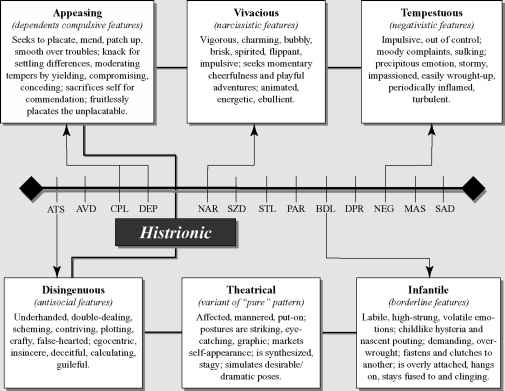 (Although
(Although
native fragments are better. It is stronger and
does not shrink over time.)
4
Result
As if nothing had happened.
Minimize
Broken milk tooth
If the milk tooth is broken, the doctor will first of all seek to preserve the rudiment of the permanent , which may be seriously damaged as a result of trauma. If there is a threat to the germ, the milk tooth will have to be removed. If nothing threatens the germ, the milk tooth is restored with a composite restoration or crown. nine0003
We treat with ease
Find out more about our
pediatric dentistry.
Broken tooth
If a baby tooth is broken, it will have to be extracted. If a permanent tooth is partially dislocated, but it remains in the hole, the doctor will insert it, fix it (put a splint), and give recommendations. Sometimes in such cases it is possible to save the nerve.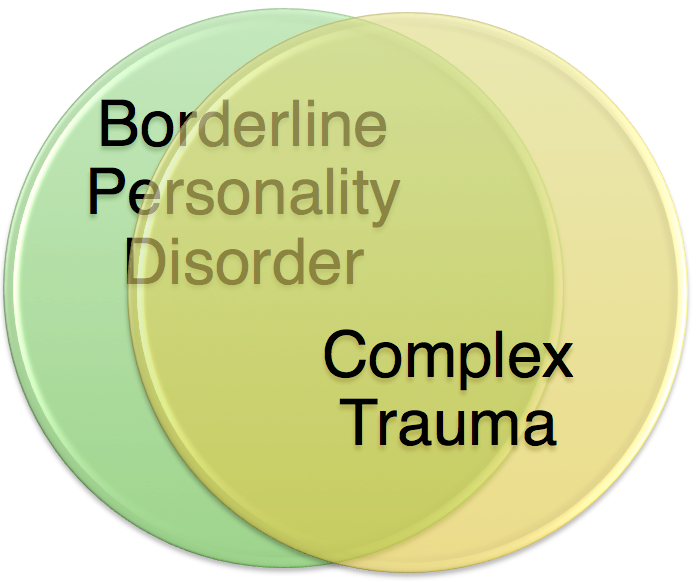 If the tooth is completely knocked out, the doctor will insert it into the hole - will replant . Save the pulp in such a situation, unfortunately, is no longer possible. In any case, if such a tooth takes root, this is a significantly better result than the loss of a permanent tooth at such a young age. nine0003
If the tooth is completely knocked out, the doctor will insert it into the hole - will replant . Save the pulp in such a situation, unfortunately, is no longer possible. In any case, if such a tooth takes root, this is a significantly better result than the loss of a permanent tooth at such a young age. nine0003
1:0
we implant a knocked-out "one"
Expand
we implant a knocked-out "one"
1:0
Parents are worried about the outcome of the match, but everything, you will see, will end in victory!
1
Initial situation
The central permanent tooth was knocked out, the neighboring one was “driven” into the gum. Strong swelling. The knocked-out tooth was found, hurray!
2
Inserting the knocked-out tooth
We returned the fugitive to its place, applied a fixing splint. It will remain on the teeth until the knocked out tooth heals. (The picture was taken two weeks after the injury, when the swelling subsided.